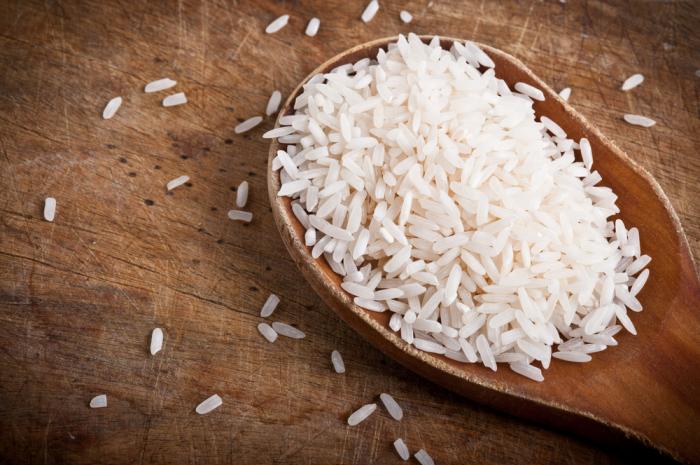Millions of cooks are endangering their health by cooking their rice incorrectly, scientists believe. Putting more water in the pan or even steeping it overnight is the best way to flush out traces of the poison arsenic, they found.
The chemical contaminates rice as a result of industrial toxins and pesticides which can remain in the soil for decades. Experts have long debated what level of arsenic is safe, with new limits set by the EU in 2016.
Chronic exposure to the toxin has been linked to a range of health problems including developmental problems, heart disease, diabetes and cancer. But experiments suggest that the way rice is cooked is key to reducing exposure to the toxic but naturally occurring chemical. Prof Andy Meharg, from Queens University Belfast, tested three ways of cooking rice for the BBC program Trust Me, I’m a Doctor.
In the first, he used a ratio of two parts water to one part rice, where the water is “steamed out” during cooking.
In the second, with five parts water to one part rice, with the excess water washed off, levels of arsenic were almost halved.
And in the third method, where the rice was soaked overnight, levels of the toxin were reduced by 80 per cent.
How to cook rice
- Measure the dry rice in a jug.
- Soak rice overnight
- Wash then rinse the rice really well, until the water is clear.
- Drain really well.
- Place rice in a saucepan with five parts water to one part rice (plus a little salt) and stir once.
- Bring to the boil, then turn the heat all the way down and cover the pan tightly with a lid.
- Cook on the lowest heat possible for 10-15 mins without uncovering the pan.
- Use a fork to fluff up the cooked rice.

